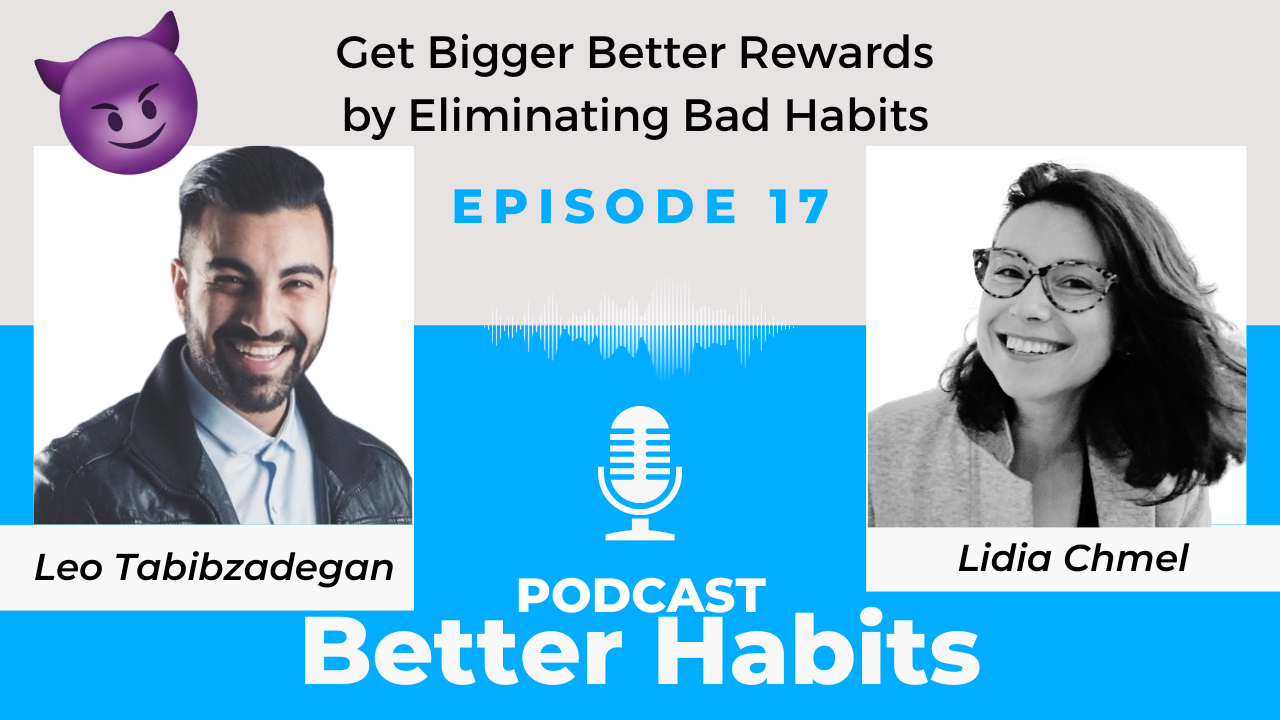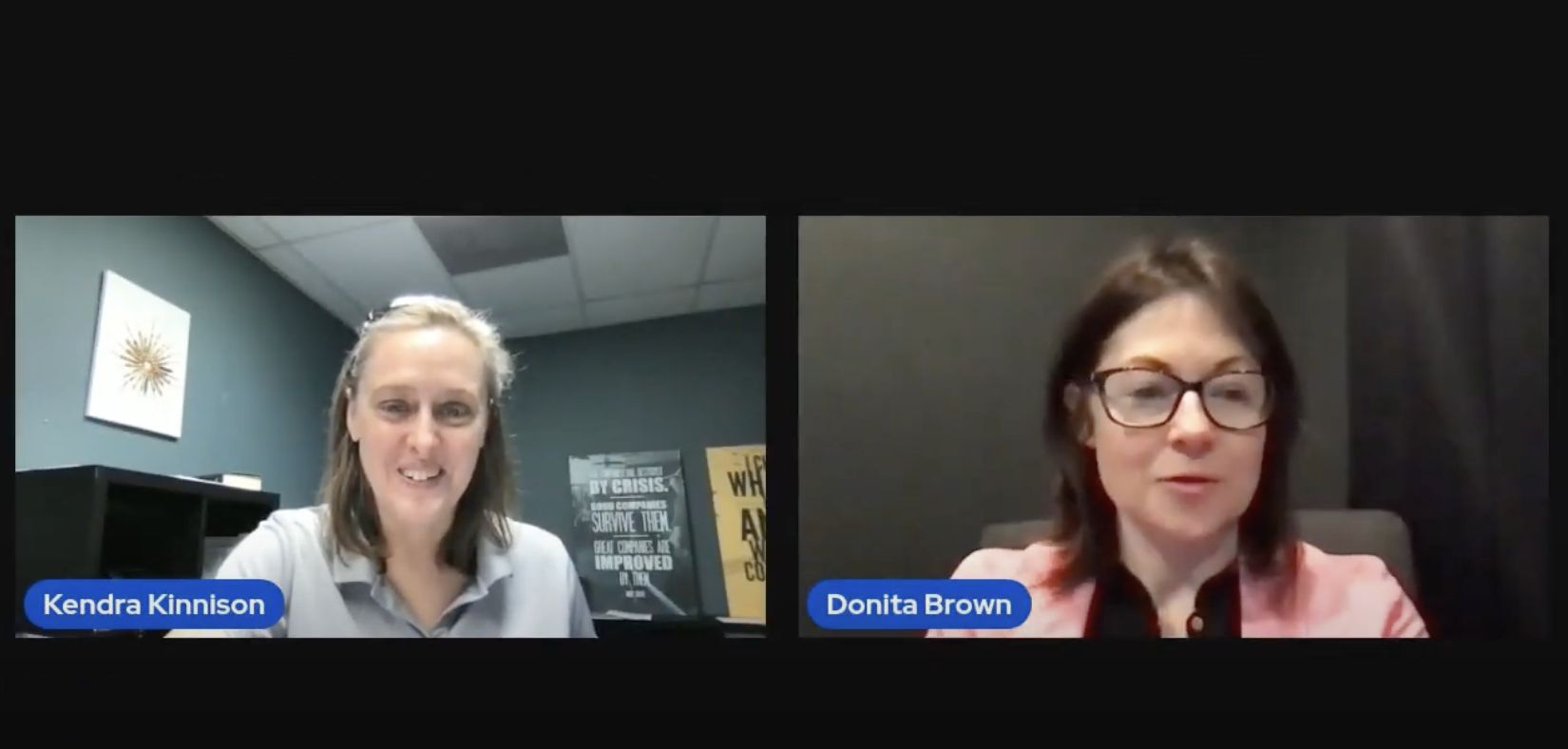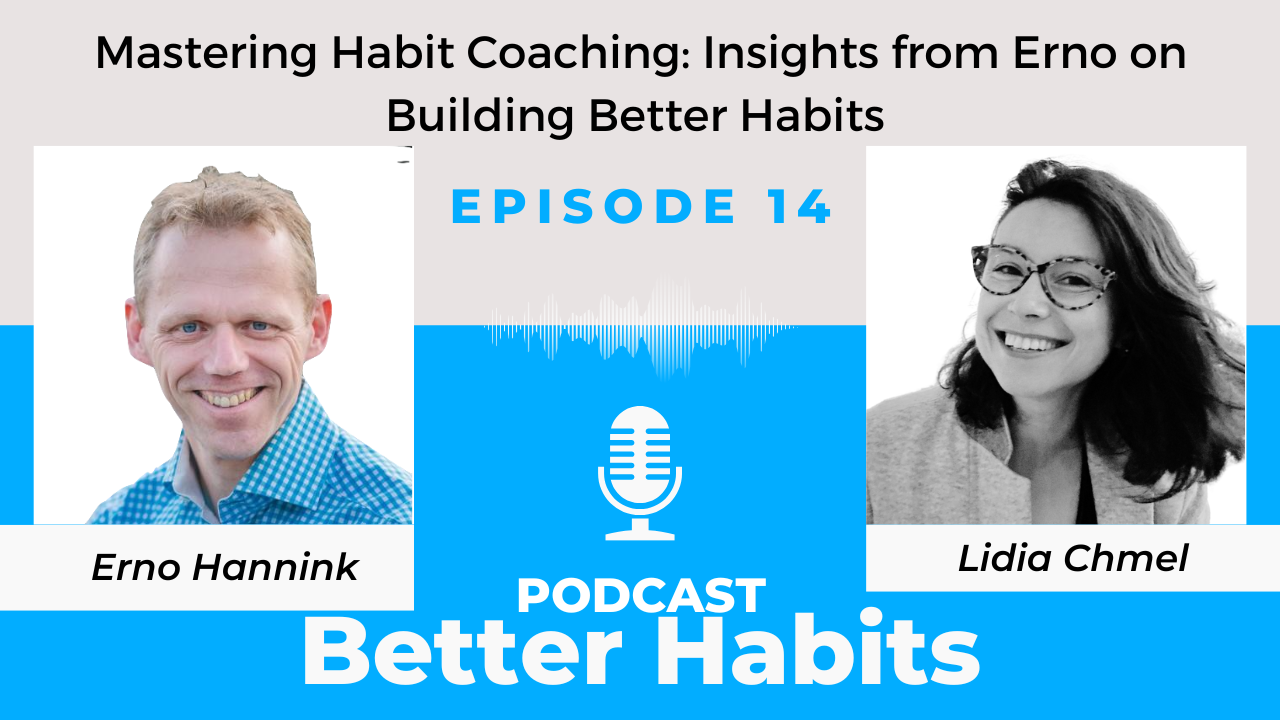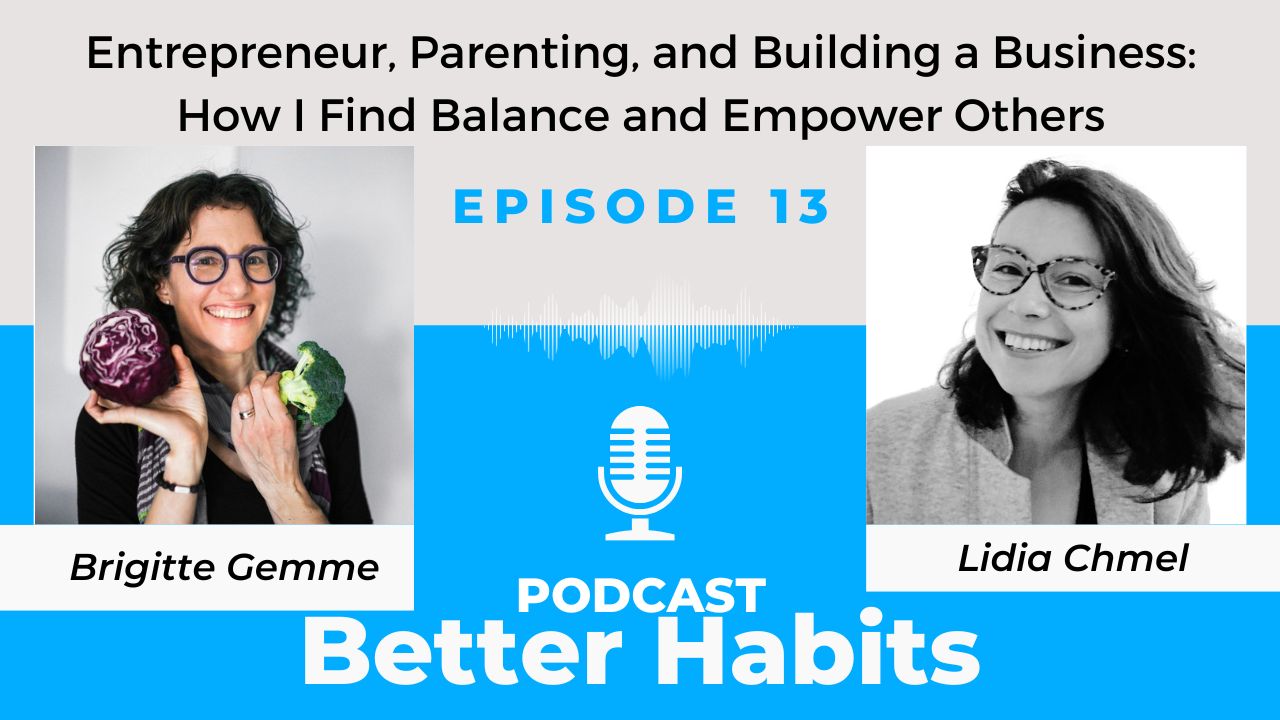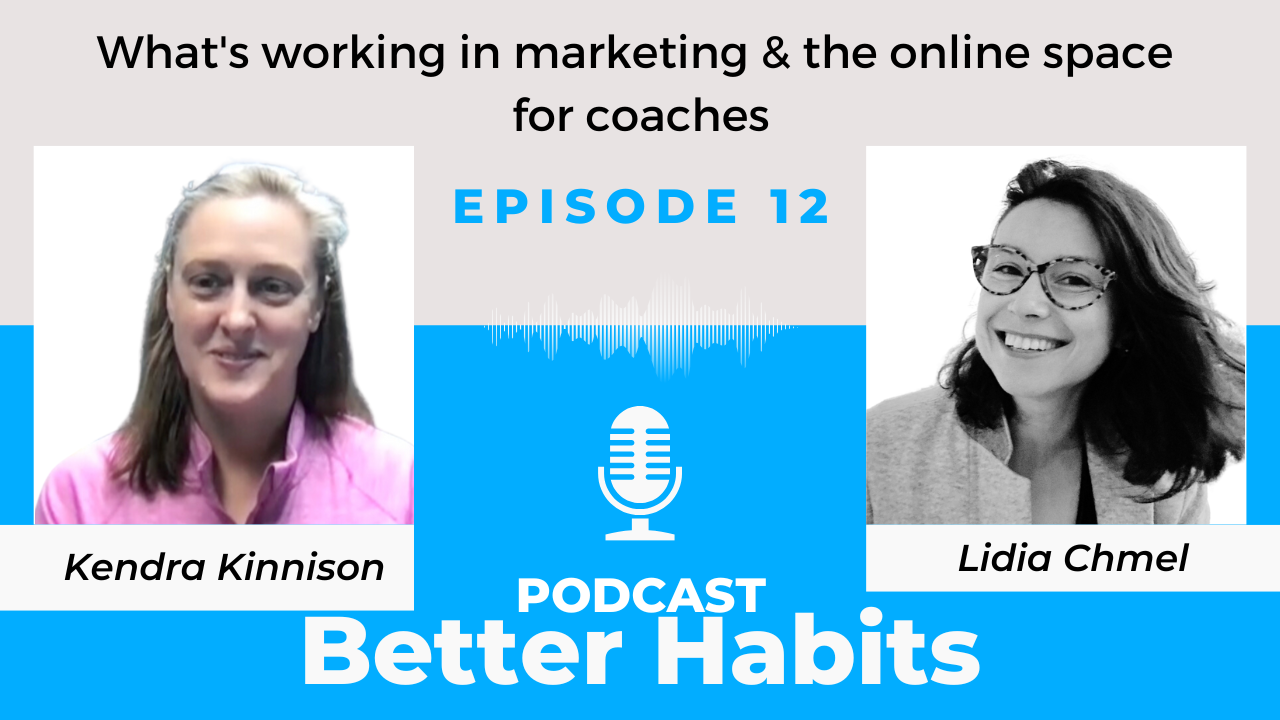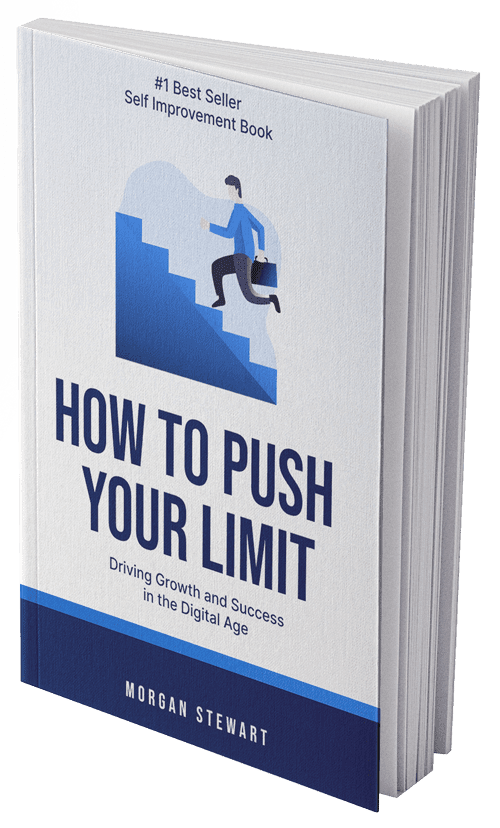This is a guest post from our top minimalist coach Valentina Thörner. Read on for how living more simply can make you happier and more productive. Today only, we’re offering her course 30 Days of Minimalism for $9.99 ($20 off).
Hi,
I’m Valentina. I’m a lover of stuff who became a minimalist and in doing so radically changed my life. I became more focused, more productive, chose the right priorities, felt happier than ever before, less stressed, and free.
Minimalism isn’t about having nothing; rather, it’s about having exactly what you need and use.
When you get rid of everything that you are not using, you open up the physical (and mental) space and energy for the things in your life that really matter to you.
I started my minimalist journey 10 years ago because of simple airline restriction. I was moving to Sao Paolo, Brazil from Germany and was allowed to bring only one 20 kilogram bag (45 pounds) on the Lufthansa flight. I had storage space to leave behind two boxes and no more. I was forced to fit my life into one suitcase and two small boxes.
So I became a minimalist, because I had to.
I started by selling or giving away items that I could easily replace: kitchen appliances, bowls, cutlery, bed sheets, etc. It was difficult to get rid of things I’d paid for with hard-earned money. It was sad to let go of belongings that brought back great memories of dinner parties, birthdays, and even failed cooking attempts that ended in laughter and an order of pizza. But I just kept reminding myself that if I couldn’t fit an item easily into the two boxes or the suitcase, it had to go!
I kept the suitcase and two boxes in the middle of my living room, open at all times. This physical reminder helped me declutter more quickly. I judged every item I came across in that house as either worthy of the suitcase, box, or the trash/donation bin. The more I decluttered, the more I realized that I kept a lot of stuff for no good reason at all. I kept stuff because I was too lazy to throw it out, too nervous to get rid of something expensive, too emotionally attached to a gift that reminded me of someone I loved, or too anxious that I’d need the stuff once I threw it out.
Did you read that? Lots of emotions. Lots of stuff. Not a lot of actual use. Isn’t it funny how sometimes stuff spends more time in our minds (and worries) than in our hands, actually being used?
It took three months, but I eventually packed up my life into that one suitcase and two small boxes. And here’s what I learned:
#1. Minimalism is freeing.
If you do not own your stuff and your activities consciously, your stuff owns you. It’s as simple as that. If you don’t know what is in your attic, if you have no idea what is in that desk drawer, then you do not need it. Things are either serving a clear purpose in your house, or they are beautiful (and exposed accordingly), or they are just taking up space. I didn’t pack my life in boxes–my life was in me.
#2. There are tricks to make it easier
I learned get over the fear/anxiety/loss that I felt whenever I said goodbye to stuff. The feelings lessened over time, as I got used to living more simply. I also found ways to “save” some stuff. I took photos of belongings that triggered good memories, so that I had a way to trigger that memory again in the future. Before throwing out something with personal meaning, I’d fill my journal with a story about it. For example, I wrote about a movie date with my first love, but then threw out the faded ticket stub. You could argue that digitizing memories in photos or writing isn’t ‘purely’ minimalist, but it meets my need, so I do it.
#3. Minimalism isn’t a goal, it’s a process.
It may start with decluttering your wardrobe, then spill over to your kitchen cabinets. You might check out websites like magicbinsskipbinsbrisbane.com.au and hire a skip to put all of your clutter into. You might start simplifying your eating habits by eating more cleanly, then start simplifying your schedule. Minimalism can be applied to all areas in your life: own less, do less, stress less and learn to breath again. Whatever you do, do it with purpose and be clear on why you are doing or owning something. Minimalism puts you in control.
#4. Everyone’s experience will be different, including yours.
Everyone’s journey is personal. I remember a lady I coached who still owned a bag with 46 little angels, the giveaways from her son’s baptism. She’d had the bag in the attic for 16 years! With my help, she decided to let go of 45 of those little angels and place the last one on a special place in the living room where it would actually remind her of the beautiful baptism. You might hoard childhood momentos, clothing, memorabilia from sports or school. You might have mental clutter such as an overbooked schedule, too many unfinished projects, or never-ending to do lists.
Your journey will be a very personal one. You’ll need to find the approach that works best for you and your circumstances. It is not the same to declutter when you are young and single as it is when you are sharing your life with flatmates or with a significant other.
When it comes to minimalism, some people even go the extra mile by downsizing their property. After browsing Sydney granny flat designs, some friends who live in Australia decided to build a granny flat on their land and now rent out their original home as an extra form of income. This just goes to show that minimalism can really pay off.
#5. You can start right now.
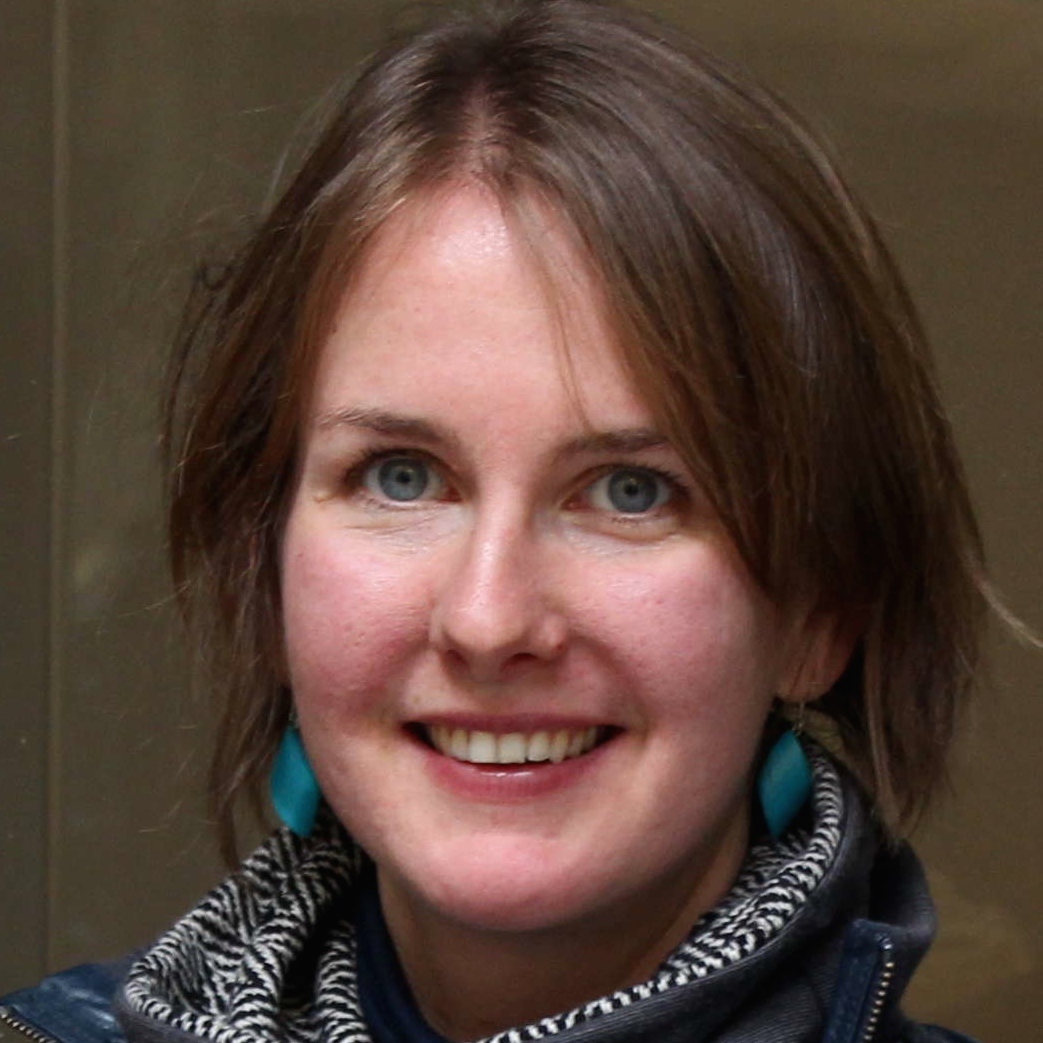 If you’re ready to start, try my first exercise for free. It’s right here on my 30 Days of Minimalism Course. For the next 24 hours, you can join the full course for just $9.99 ($20 off). You’ll get access to the 30-step course forever and join a community of people achieving the same goal as you to help you along the way. I’ll be in answering your questions and giving out more tips as you go, too.
If you’re ready to start, try my first exercise for free. It’s right here on my 30 Days of Minimalism Course. For the next 24 hours, you can join the full course for just $9.99 ($20 off). You’ll get access to the 30-step course forever and join a community of people achieving the same goal as you to help you along the way. I’ll be in answering your questions and giving out more tips as you go, too.
Live simply and breathe,
Valentina Thörner
Minimalist Blogger and Coach on Coach.me

